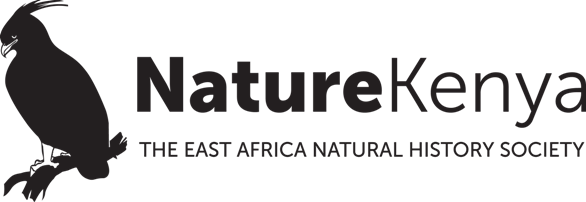By Vivienne Nandokha
The role of the information keeper has been evolving since the stone tablets and scrolls days, to when book printing started and to the modern digital era. To keep up with emerging trends, the Joint East Africa Natural History Society (EANHS) – National Museums of Kenya (NMK) Library embarked on a digitization process to enhance public access to information and service delivery. Nature Kenya has been very supportive of this cause. In 2022 Nature Kenya donated eight computers to the library. Last month they gave the library a large-screen digital TV, LCD projector, multifunctional photocopier/scanner/printer and laminating machine. With these resources, the Joint Library keeps moving forward to provide a modern information service.
In many forums, the Joint Library has been proposed as a training centre for digital skills improvement for NMK staff. This will significantly enable NMK to play its part in the government’s digitization agenda to improve the efficient delivery of government services to all citizens.
The Joint NMK and Nature Kenya (NK) Library has also made some commendable strides from the localized digital provision of information through the library software catalogue package CDS-ISIS to the online provision of information through the Online Public Access Catalogue (OPAC) software, KOHA at https://library.museums.or.ke.
This is one of the services that enabled NMK to move from a rating of 46 per cent to 87.5 per cent in a baseline survey conducted to assess NMK’s digitalization preparedness.
Another crucial development in relation to the equipment that Nature Kenya has purchased for the Joint Library is the development of an institutional information repository (IR). This is a significant step for NMK as it is one of the matrices used to rank research/academic institutions. The Joint Library has also restored the book snap digitization equipment (also purchased several years ago by Nature Kenya). With the dedicated time and efforts of two volunteers, the library is customizing the DSpace software used in the book snap digitization equipment to suit not only NMK’s needs but also those of Nature Kenya.
The establishment of a digital repository at the Joint Library seeks to attract more partnerships, collate the work of NMK and Nature Kenya in one place, contribute to building intellectual leadership and credibility and preserve documented research, among other benefits. This is expected to increase the global visibility of both NMK and Nature Kenya.
